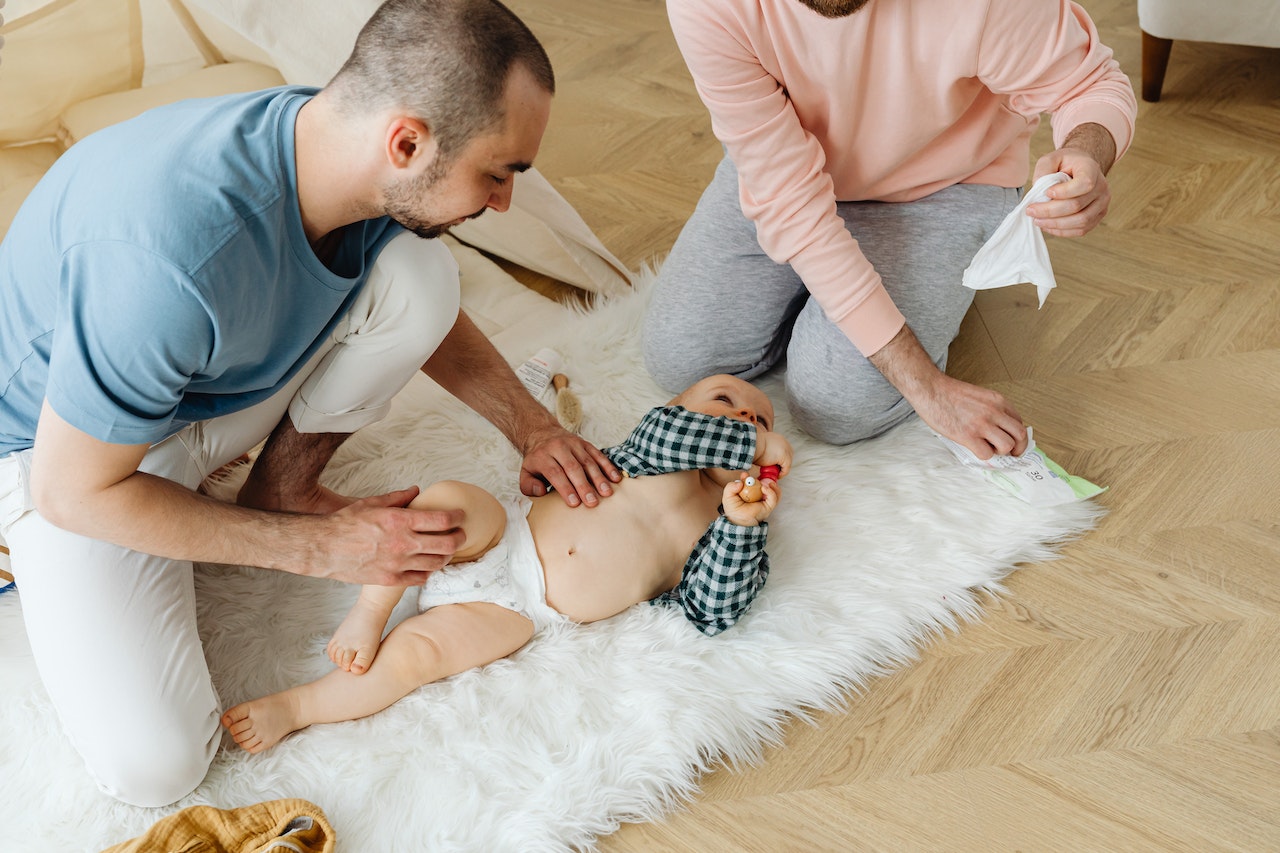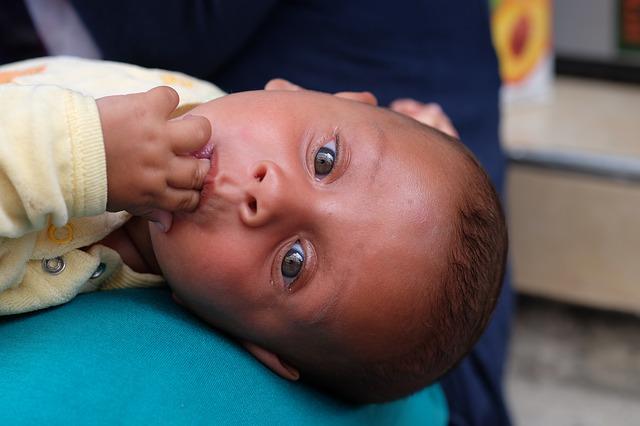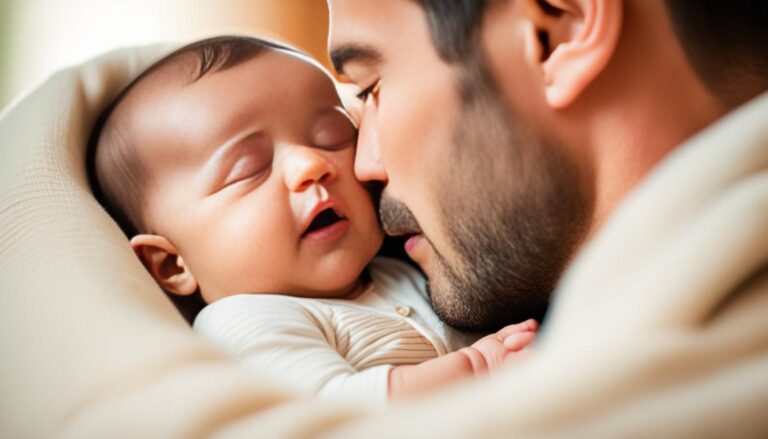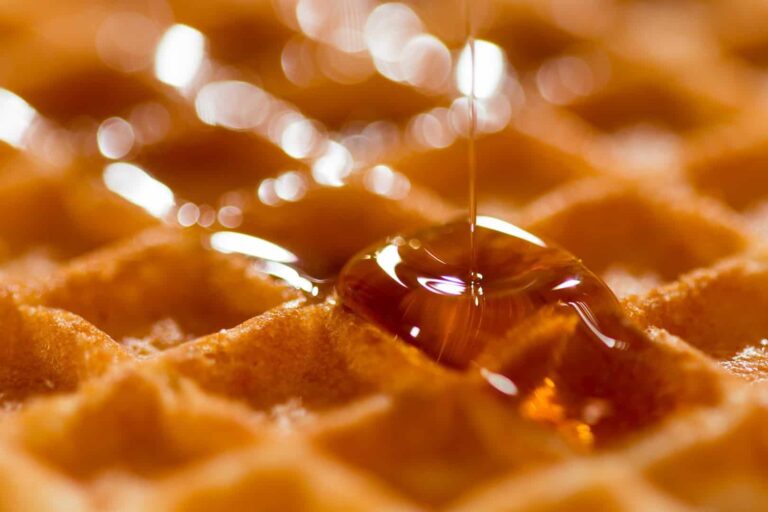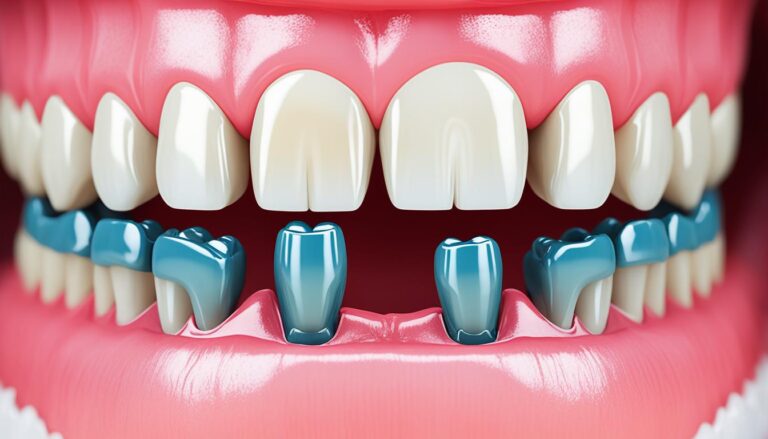What Is That Blue Line on Disposable Diapers?
Diapers are a must-have for any new parent. Babies need to go number one and two many times a day. On average, babies need about 8 diapers per day and up to 6,000 diapers during their first two years of living.
The number varies from baby to baby. But there is no denying that your little tot needs diapers for their messes. So while they are still incapable of sitting on a full-size toilet, you will have to stick to diapers.
It is no surprise that parents opt for disposable diapers for their infants. Today (in 2022), the disposable diaper industry is expected to reach around $71 billion! Those are a lot of diapers!
The ever increasing demand for disposable diapers has led manufacturers to find new innovations in diaper tech. And today’s focus is going to be one of those.
Skip To The Following Sections
A Blue Line on Diaper: What is That?
If you or a loved one have tried a disposable diaper, you might have seen a blue line appearing on it. Some diaper brands have a noticeable streak on the bottom of the nappy that turns from yellow to blue. So what is that mysterious blue line?
That line is nothing more than a wetness indicator. It is there to tell when your baby has soiled their diaper. So when you see that bright blue line underneath your baby’s nappy, it means they have wet themselves.
How Do Wetness Indicators Work?
A lot of science goes behind diaper production. Manufacturers do their best to make their products the most appealing through research and engineering. Wetness indicators are one of the newer innovations in the diaper industry that many products have come to use.
One potential explanation behind the color-changing science is the use of the chemical called bromophenol blue as a wetness indicator. This color-changing chemical is a pH indicator that turns to a different shade based on its surrounding acidity and alkalinity. The alkaline in a baby’s urine is enough to cause a reaction for the bromophenol to change from a yellow shade to blue.
What Brands Have Wetness Indicators on Them?
Many well-known diaper brands sell nappies with a wetness indicator on them. Some brands might write it on their websites, while others don’t. Meanwhile, other brands do not package a wetness indicator with their product.
Pampers is one of the most popular brands in the world, selling millions of diapers for families. It is also the first brand that you might see when you type for diapers with wetness indicators. Many parents agree that Pampers makes comfortable and absorbent nappies.
Huggies is also another international brand that offers high-quality diapers. Many of the products on their websites are highly rated by parents, and most have a wetness indicator to tell you if the nappy is soiled or not.
If you are going for eco-conscious brands, you can try out Bamboo Nature or Earth and Eden. Both brands are marketed to be environmentally-safe products and are dermatologically tested on babies.
These Sounds Convenient! But Are They Safe?
Parents might choose disposable diapers over other options because of their accessibility, convenience, and comfort. However, the thought of having extra chemicals in products designed for babies might irk a few moms and dads.
However, the wetness indicators in many of these diapers are non-toxic and non-irritation. The chemical reaction happens in the back sheet layer of the diaper, which is the furthest layer from your baby’s skin. Furthermore, these chemicals cannot easily penetrate the diapers, even if it is wet.
What Are Alternatives to Disposable Diapers?
While most parents have no problems using disposable diapers for their babies throughout their infancy, others might want a different product. Some children might be sensitive to chemicals diapers have. Other parents might also have environmental concerns and wish to lower their waste.
A wetness indicator can help lower waste since parents won’t accidentally change their baby’s clean diaper. A wetness indicator can tell parents when it is the right time for a nappy to go into the bin.
However, if disposable diapers are not your preference, you can opt for a modern cloth diaper. Cloth diapers are more expensive than conventional diapers but can be washed and reused multiple times. Plus, they are free from harmful chemicals and plastic.
Parents can choose to use reusable diapers exclusively or alternate from disposable diapers to reusable ones depending on the time and place.
Biodegradable diapers are also another option. They are made with fewer chemicals and can be composted under stringent conditions. They still require a long time to compost, and not all recycling facilities will accept your used diapers.
Finding the correct diaper for your baby can be a hassle, especially while avoiding filling landfills and using harmful chemicals. There is no right or wrong when trying new products out. Just purchase them slowly to reduce unnecessary waste and look for the one you and your baby like the best.
FAQ:
Are wetness indicators made of harmful dyes?
There are no cases where the dyes used in wetness indicators have caused harm to babies. Many of the chemicals used in nappies are non-toxic and should not irritate your child.
Where can I buy diaper alternatives?
You can find diaper alternatives online or through local vendors. If possible, try to buy from your local businesses to avoid extra carbon costs.
How will I know if a brand has a wetness indicator on their diaper?
Most brands will indicate if their products have a wetness indicator or not. You can find information on their website or online listing.
Conclusion
Diaper technology has evolved over the years to create safe and convenient products for parents and children. An innovation that comes with new products on the market is wetness indicators.
Wetness indicators can tell parents if a diaper is soiled or not. A yellow line under the diaper will change color to indicate if your baby has gone number one in their nappy.
Wetness indicators can save time and energy if used correctly. It is one of those inventions you might take for granted at first. But you will be thanking it once you remember that people used to smell if their kid had gone potty. (And who really wants to do that these days?)

